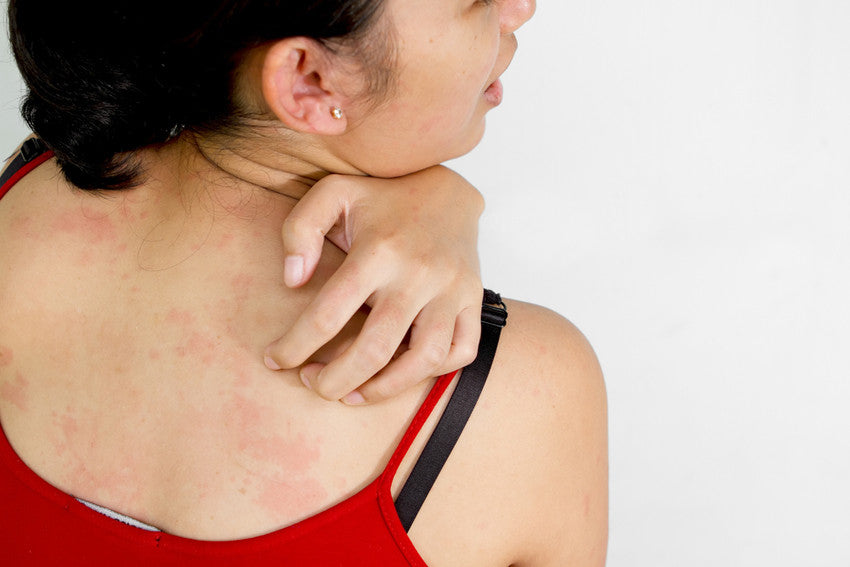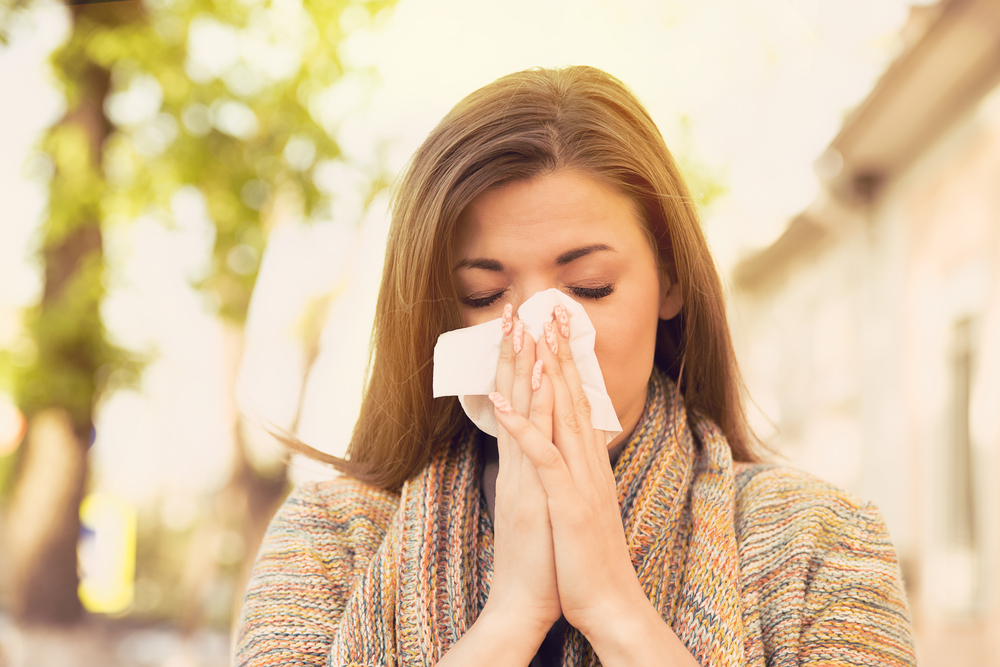Clothing allergy or textile contact dermatitis is common for many. However, the cause of such skin condition is not actually brought about by the clothes we wear but rather due to the materials and substances embedded within the textile. There are also other possible reasons why individuals suffer allergies from clothes.
Reasons behind Clothing Allergy
You suffer different symptoms of clothing allergy because of the following:
- Washing Powder. Detergents are important ingredients when it comes to cleaning clothes. Unfortunately, numerous commercial detergents contain harmful toxins like dyes and perfumes which encourage allergic reaction in specific individuals.
- New Clothing. It comes as a surprise to many that new clothes can actually result to allergic reactions. Since it is new, they do not wash it. The problem is, new clothes contain formaldehyde which is toxic and can trigger skin itchiness or irritation. This chemical compound is used to keep clothes crease free while displayed or stocked in department stores.
- Materials Used. There are different types of textile fabric such as cotton, lycra, wool, silk, corduroy, and jeans, among others. Different people have differing reactions to such materials. Some can be allergic to lycra or spandex while others with denim clothing. In fact, 6% of the entire U.S. population has an allergy to latex or spandex.
- Accessories. Studs, zips, buttons, and buckles can pose allergy problems too, especially if the items contain nickel.
- Chemicals Used. Some chemicals like phthalates that are commonly found in plastic, brominated flame retardant, and perfluorinated compounds used in breathable fabrics cause allergies and may even be carcinogenic.
How Clothing Contact Dermatitis Occurs
An allergic reaction to clothing occurs when antibody cells recognize chemical structures of compounds used and found in clothes, then treat them as foreign objects or even consider them as threatening. Because of that reaction, plasma cells will start producing allergic antibodies which find their way to different systems of the body. These antibodies will integrate with pro-inflammatory cells that line the skin. When they bind together, histamines are released; thereby, causing different symptoms of clothing allergy.
Symptoms of Clothing Allergy
Just like any other type of allergies, clothing related allergy symptoms come in different variety of strengths ranging from mild to occasional to even severe reactions. It varies depending on the kind of triggers you have to deal with.
There are numerous factors to consider when it comes to clothing contact dermatitis as listed in the causes above. As for the symptoms, here they are:
- Runny nose possibly caused by inhaling airborne chemicals used in detergents used.
- Watery eyes as a result of inflammation running up there in your visual system.
- Skin redness which is one of the most common symptoms of allergy, regardless of the reason behind it.
- Scaly and itchy skin which may also be accompanied by swelling and inflammation; it is further characterized by cracked and hard skin surfaces.
- Blistering and skin lesions when metallic particles merge with sweat
- Skin Acne
- Inflammation of hair follicles as a result of clothes contamination
Ways to Control Clothing Allergy
Like other kind of allergies, clothing allergy can be avoided also. But first, let us discuss how clothing allergy is treated.
First, you should visit a physician who can perform an allergy test in order to determine the strength of the allergy and the precise reason behind it. Normally, your doctor will recommend administering calcineurin or corticosteroids to help relieve the usual symptoms such as rashes and itchiness. Antihistamines can also be recommended as it is one of the most effective ways to get rid of common allergy symptoms in general.
Now here are easy ways to control clothing allergy:
- Wear cotton fabric as cotton is known to be least prone to clothing allergy.
- Always wash new clothes before wearing them.
- Use only soap and water when washing clothes. As much as possible, lessen, if not completely eliminate the use of fabric conditioner and detergents which contain perfumes and other harsh chemicals.
- Determine what causes skin irritation and avoid it. For example, if it is the nickel button in your pants and shirt sleeves, replace it with nylon buttons.
- Remove old clothes as it may have accumulated dust and mites over the years.
- Always wash your clothes before using them again.
- Stop wearing clothes that give you allergy.
As a final word, if you think that the symptoms are severe, contact your dermatologist immediately.
Browse through Cottonique's unique cotton-made clothing here for allergy-free clothes!






1096 comments
qusisekofa
] Amoxicillin 500mg cqm.ejpj.cottonique.com.bwt.xi http://mewkid.net/when-is-xuxlya3/
ofayite
iyaceohku
oobaajez
oxedugoxad
Leave a comment
All comments are moderated before being published.
This site is protected by hCaptcha and the hCaptcha Privacy Policy and Terms of Service apply.